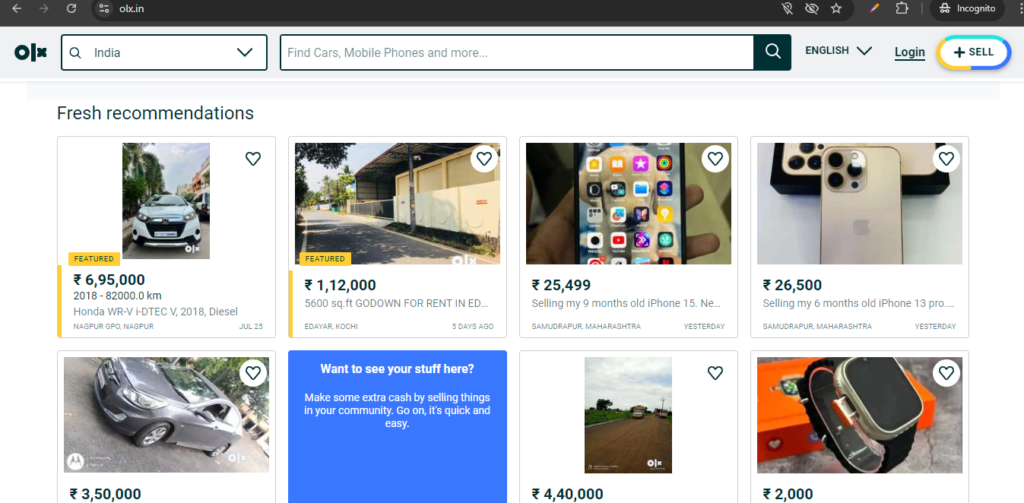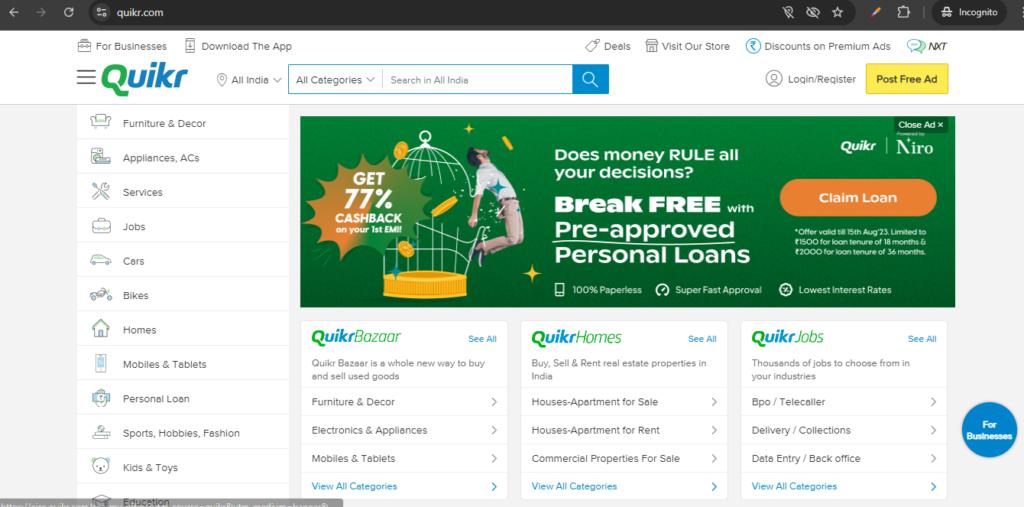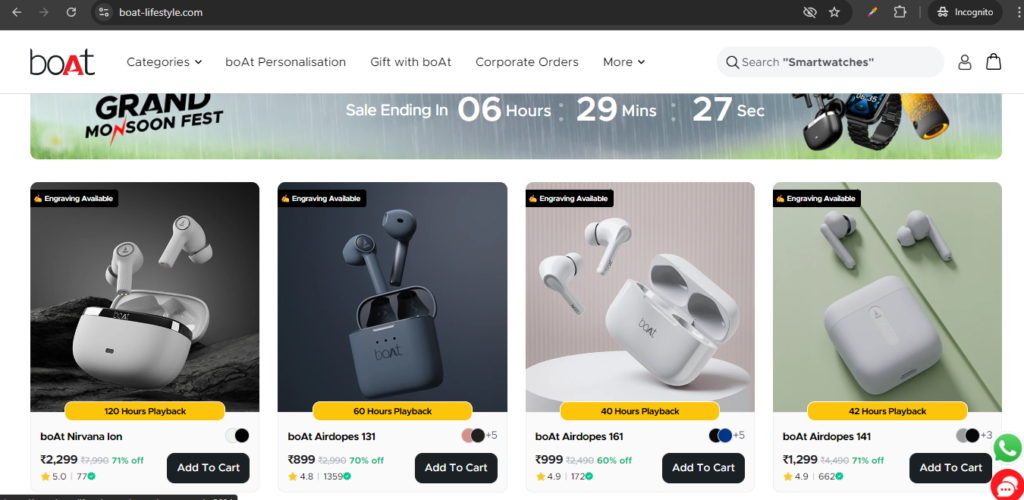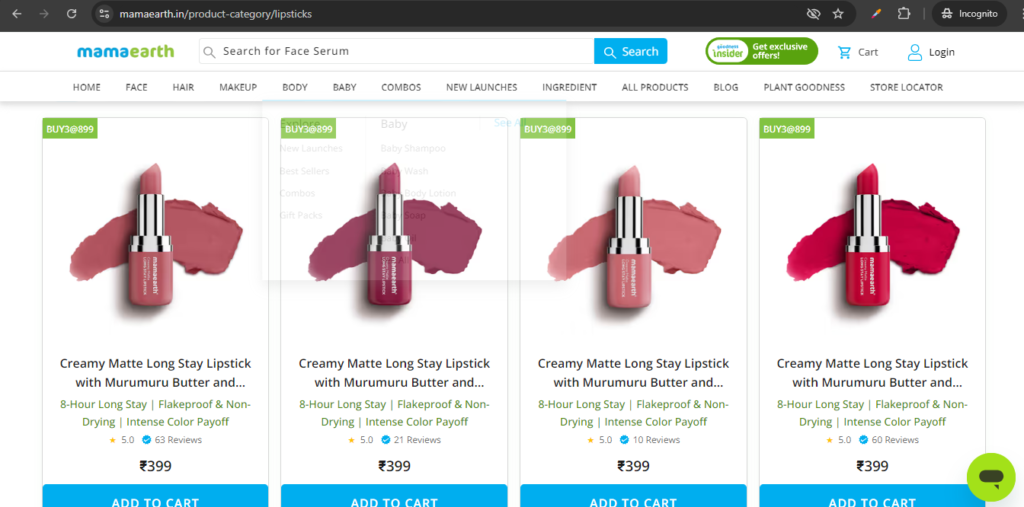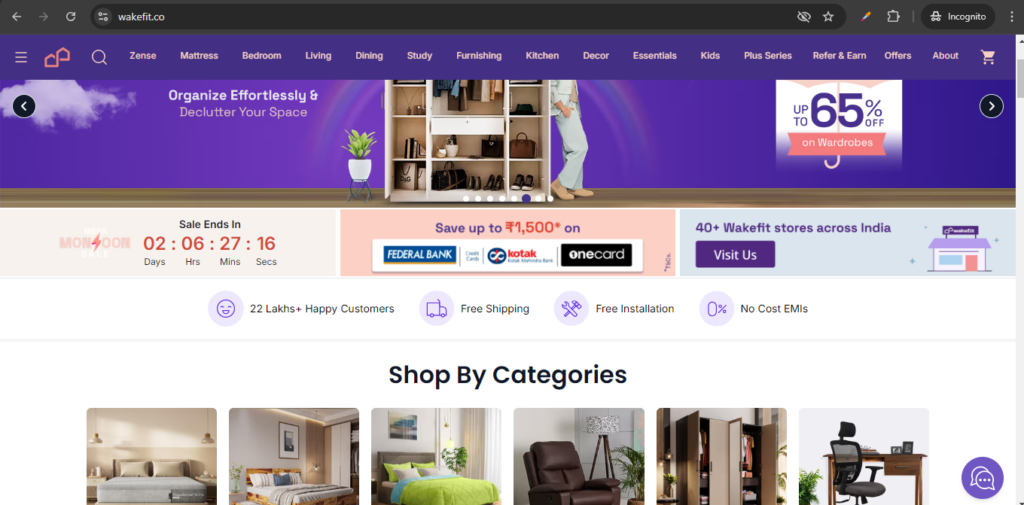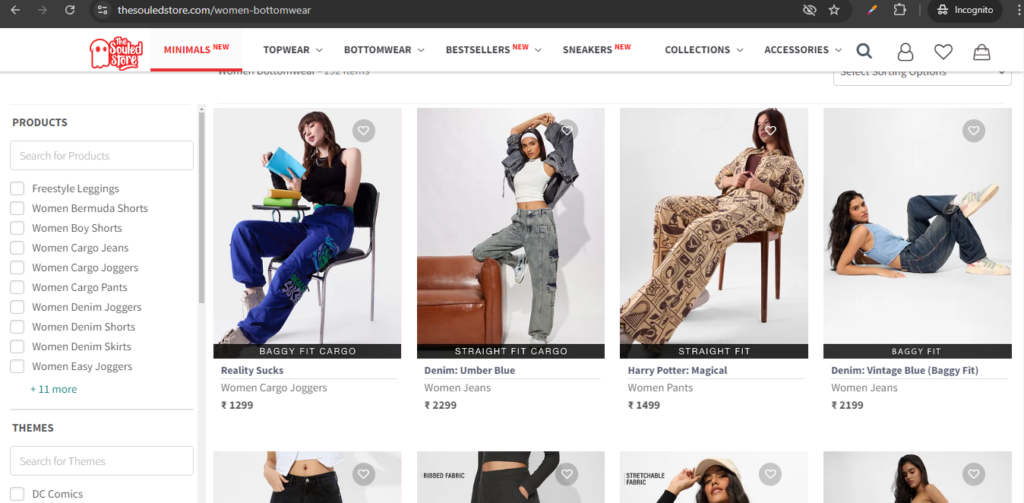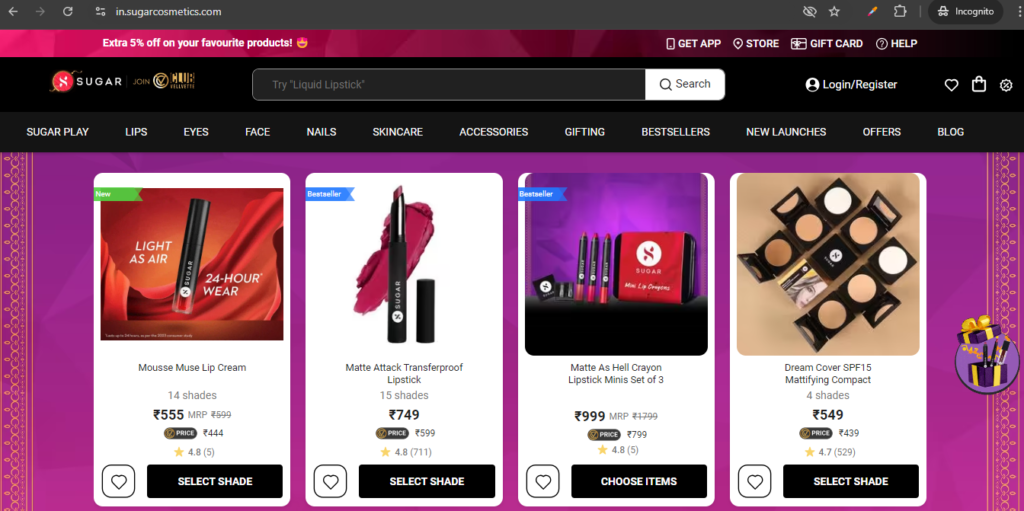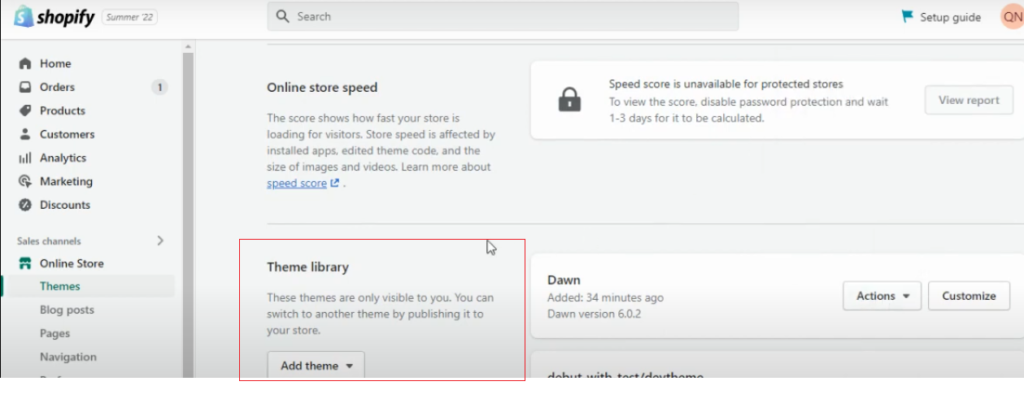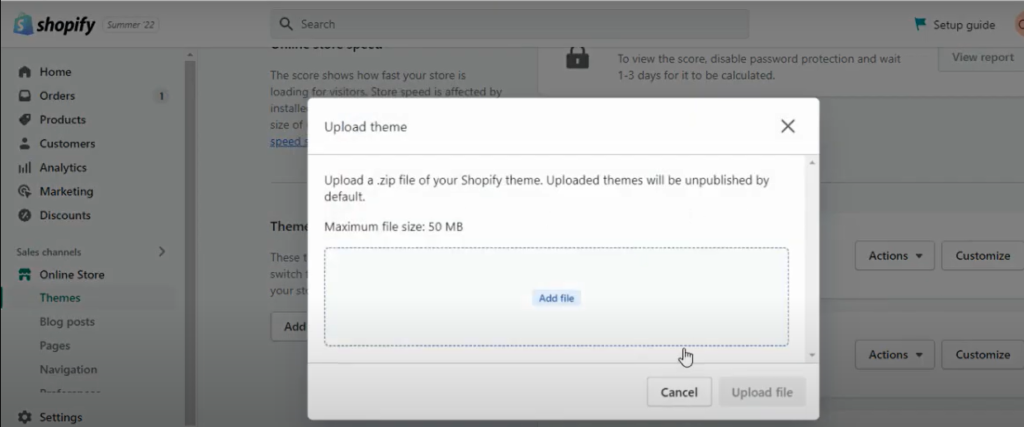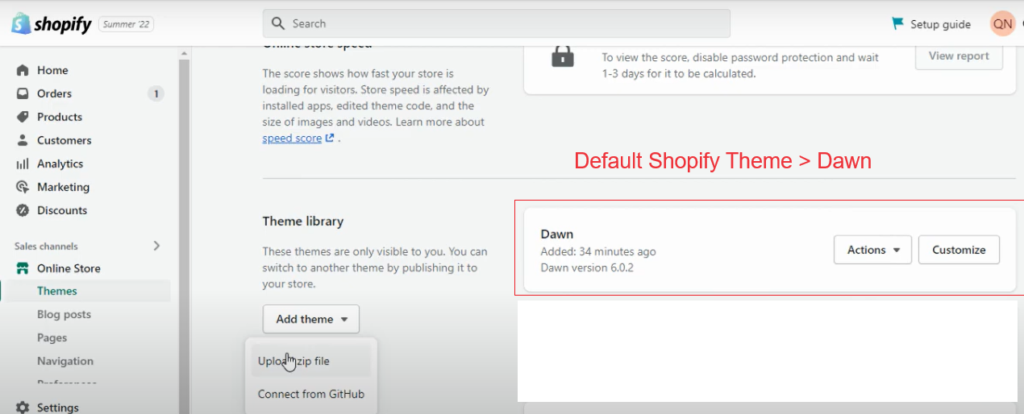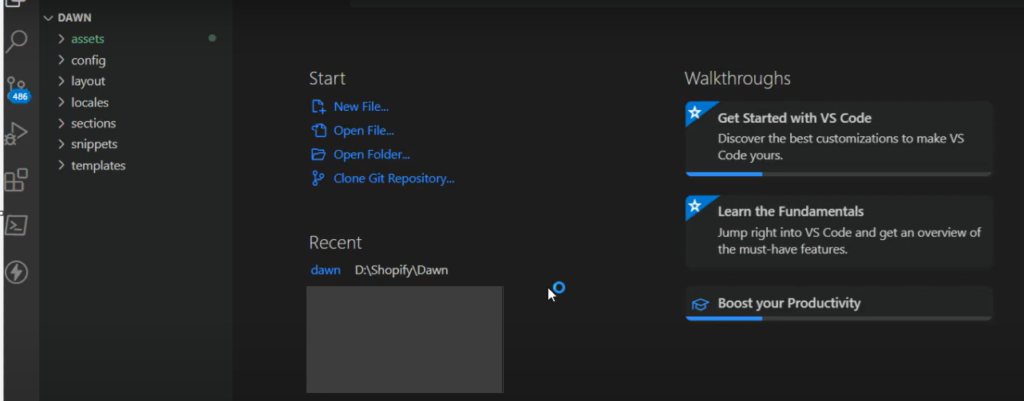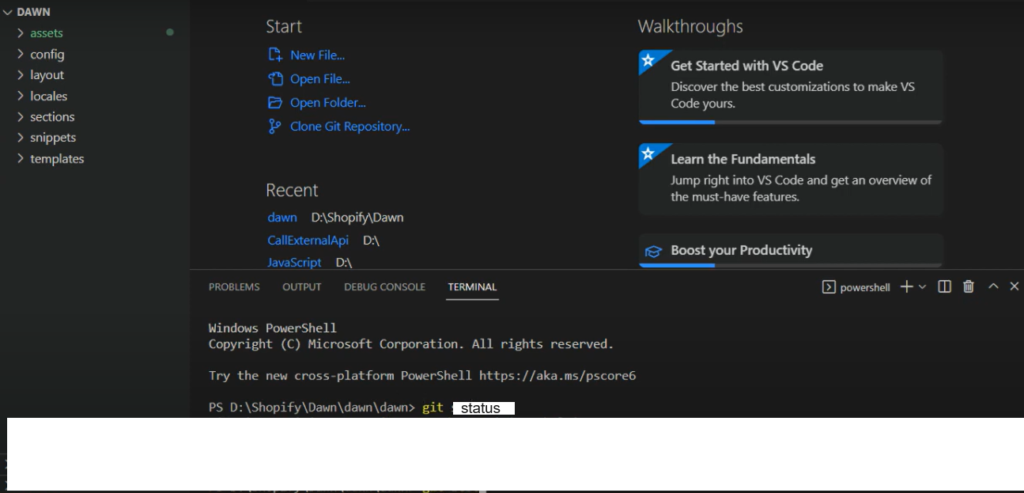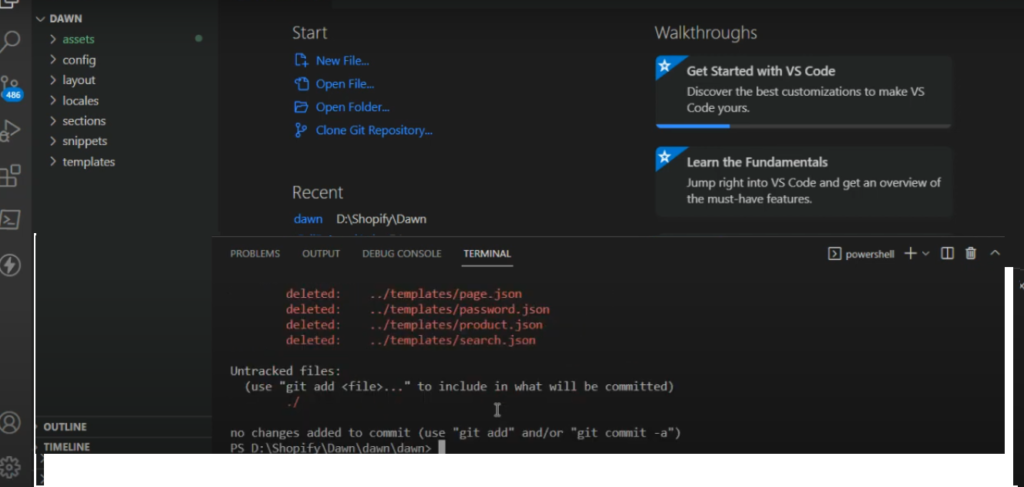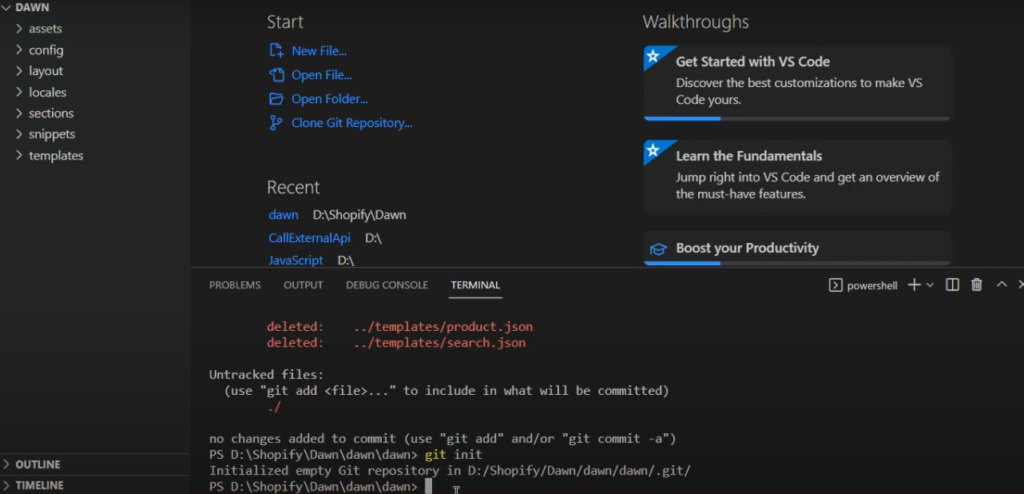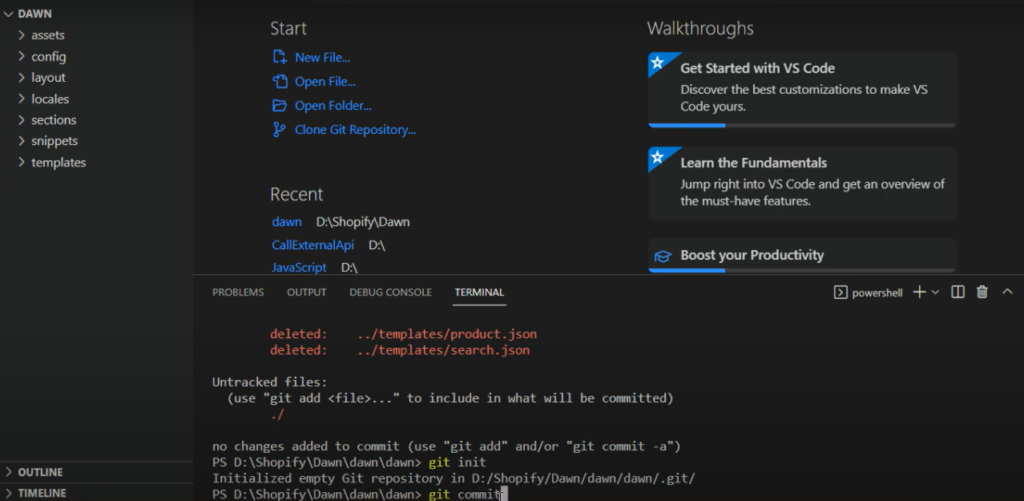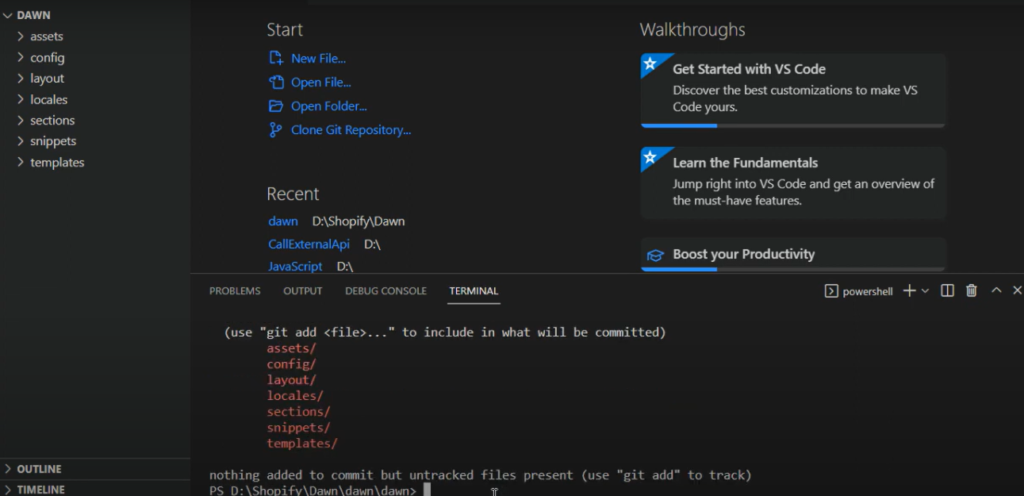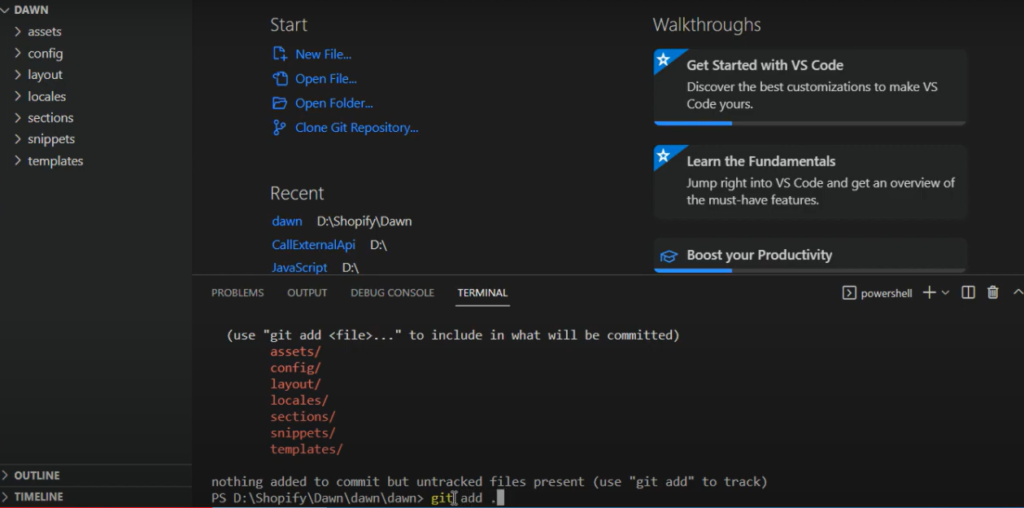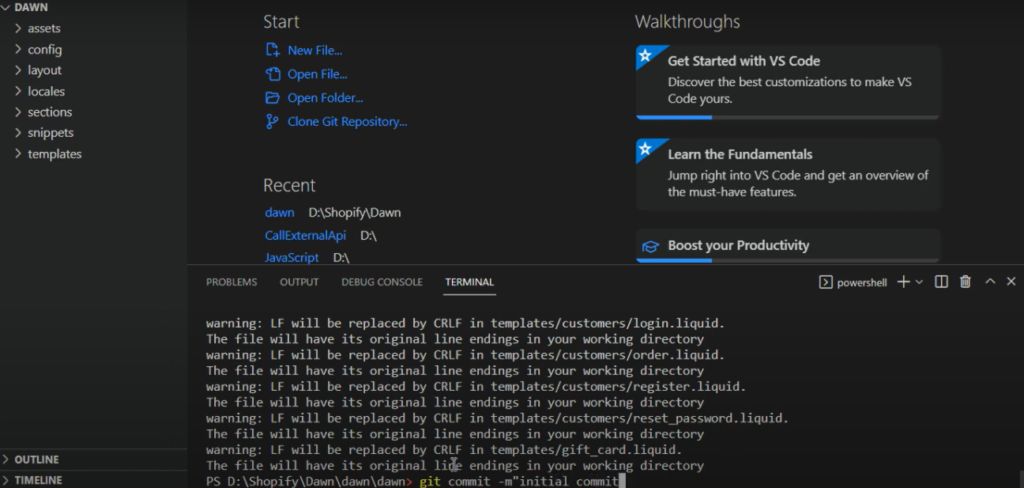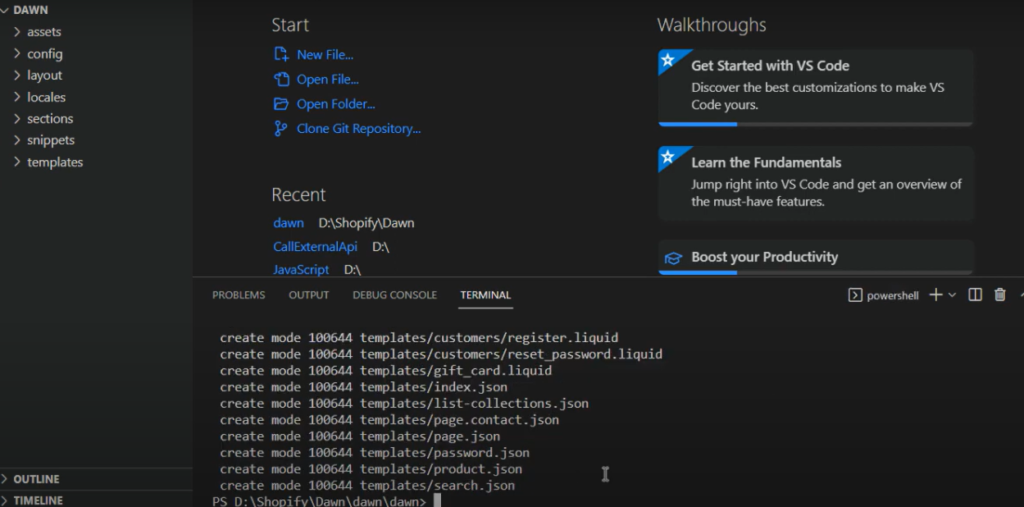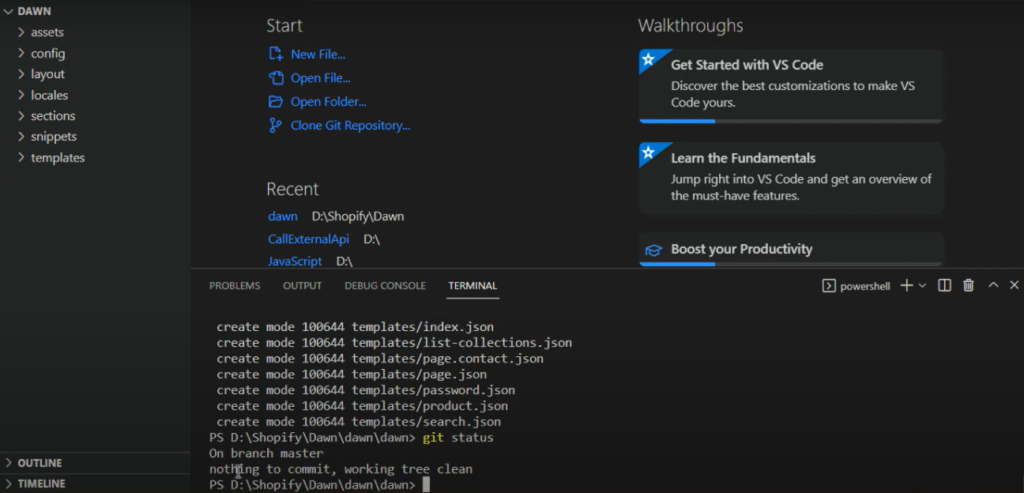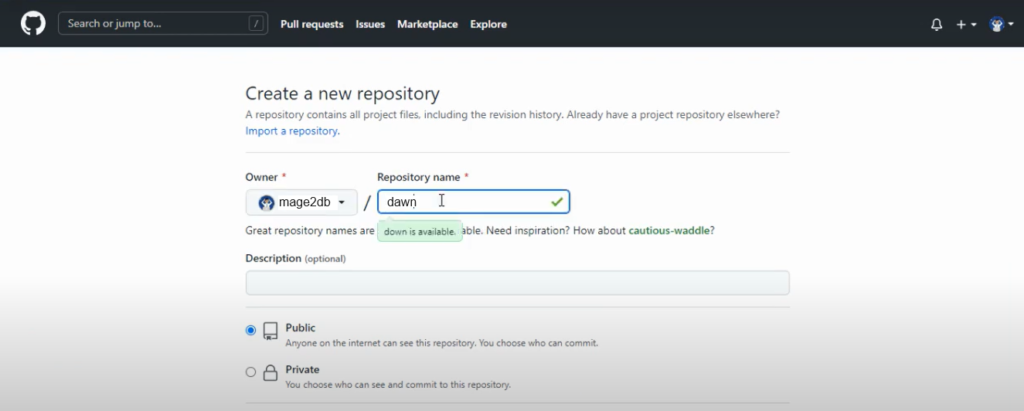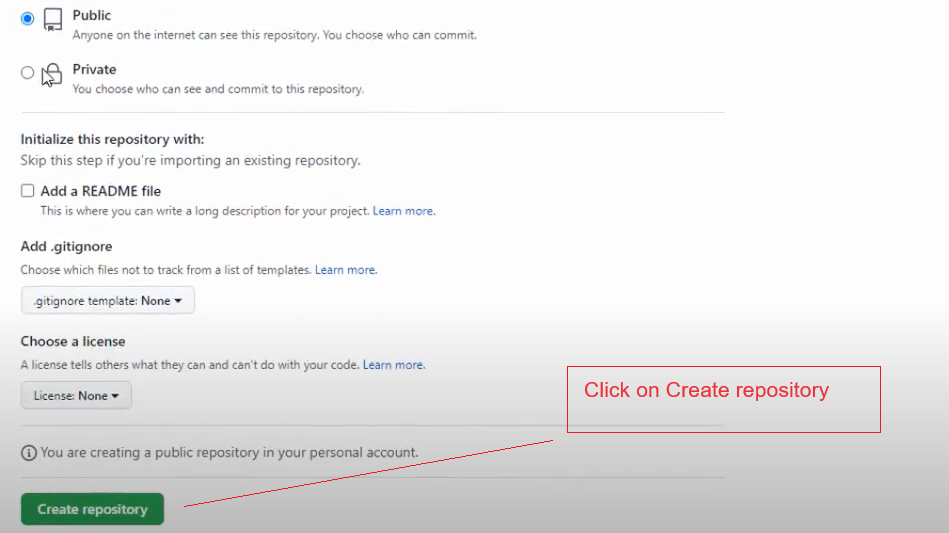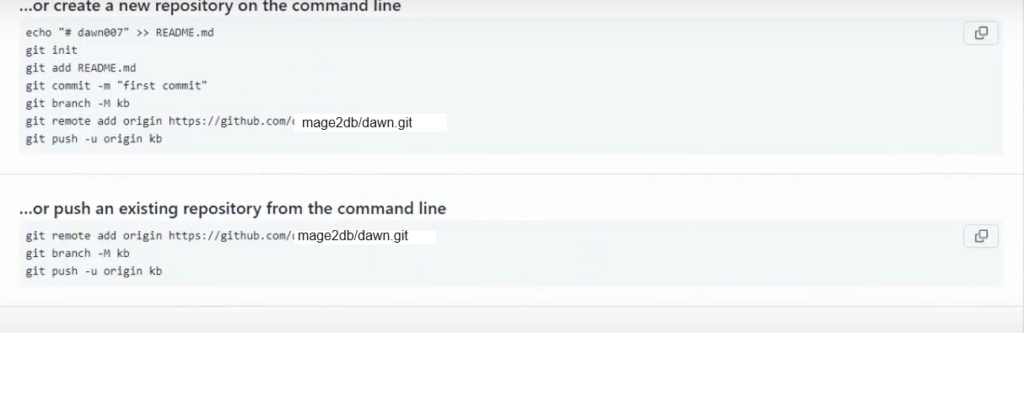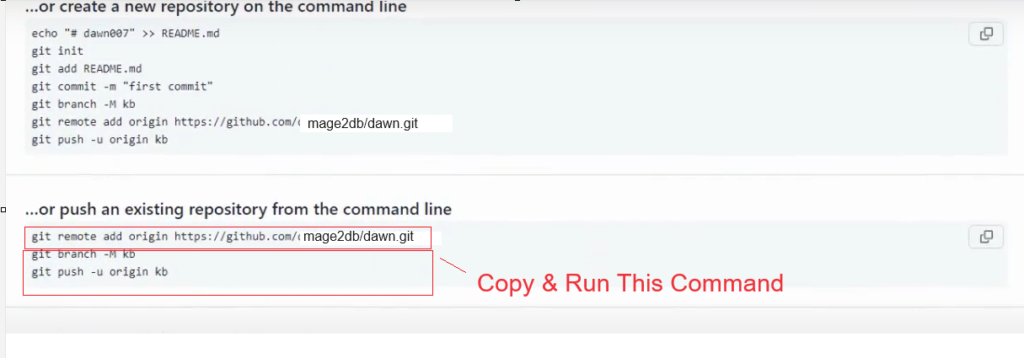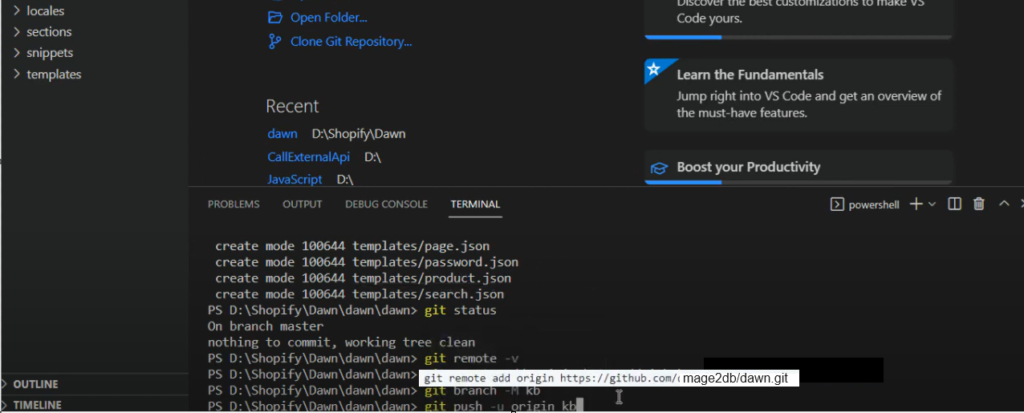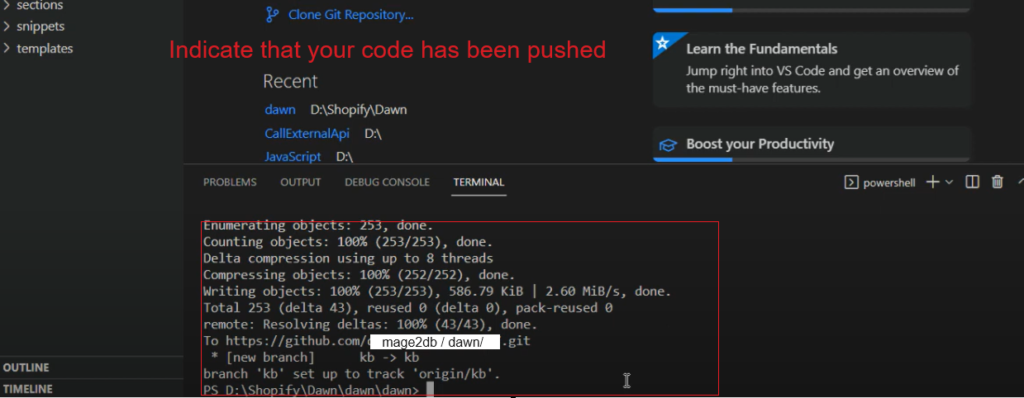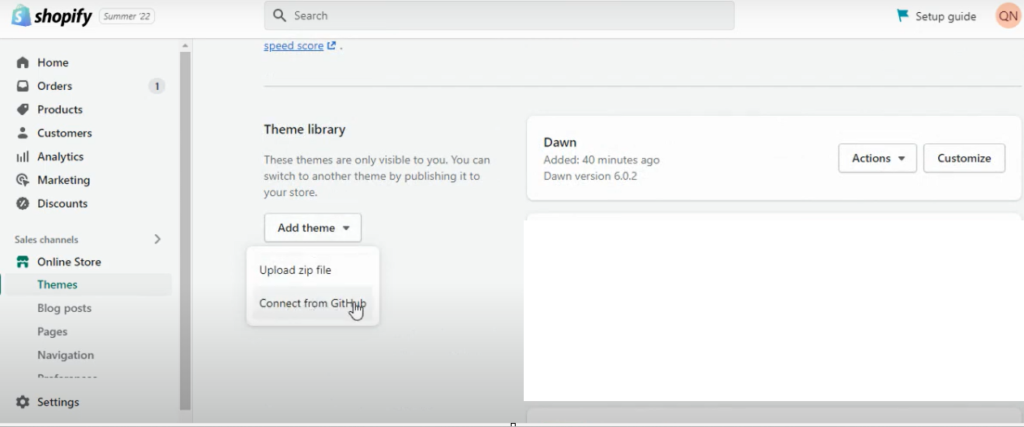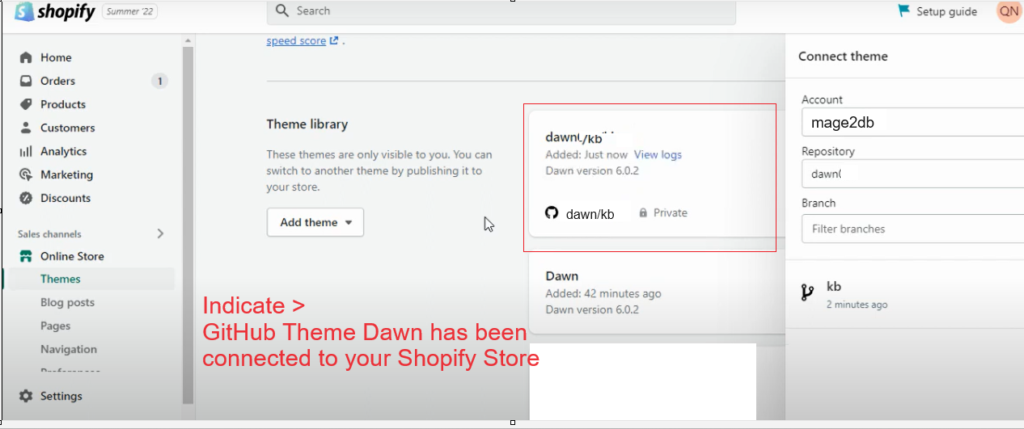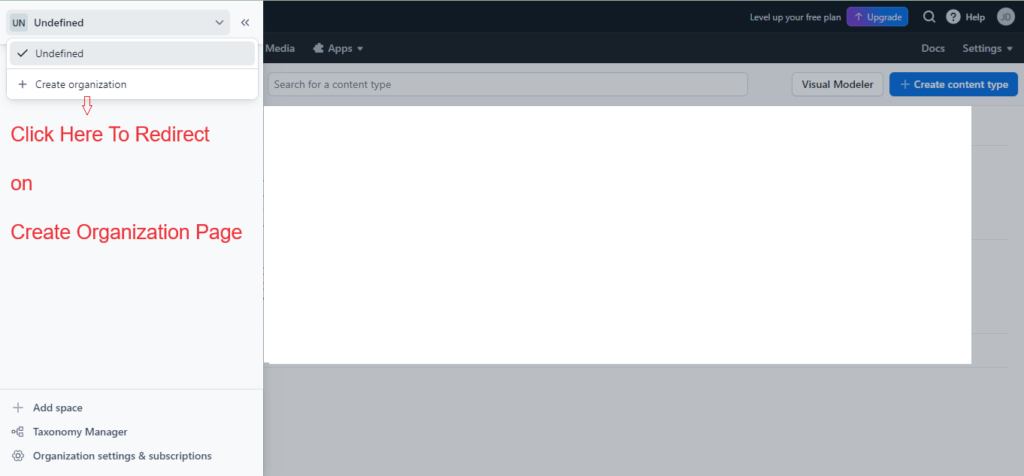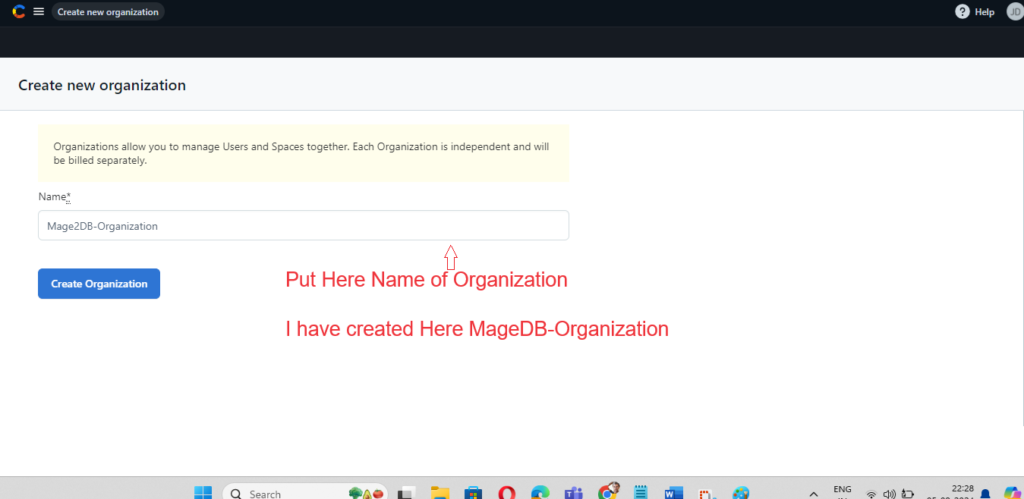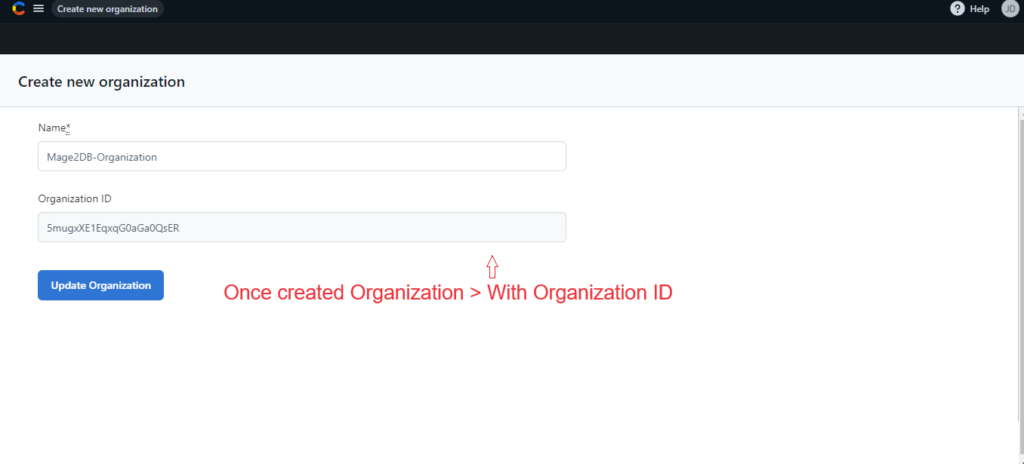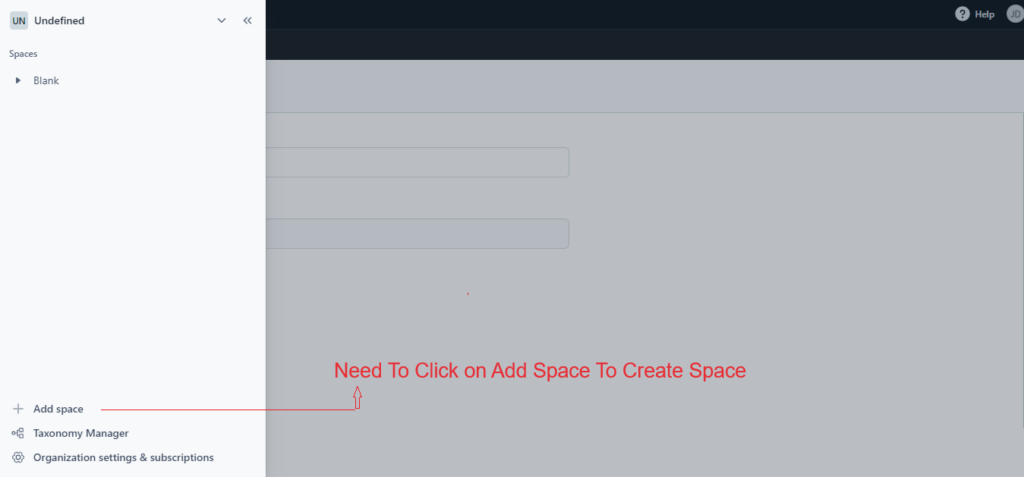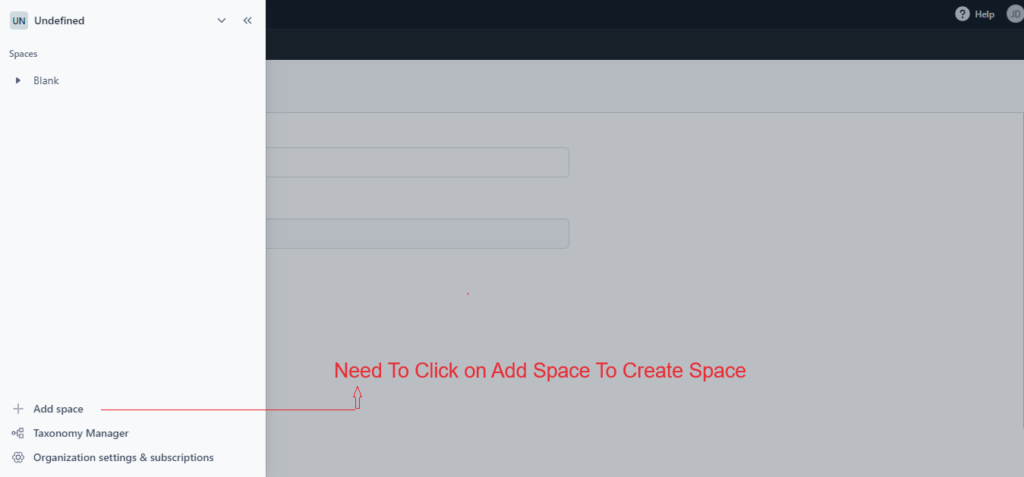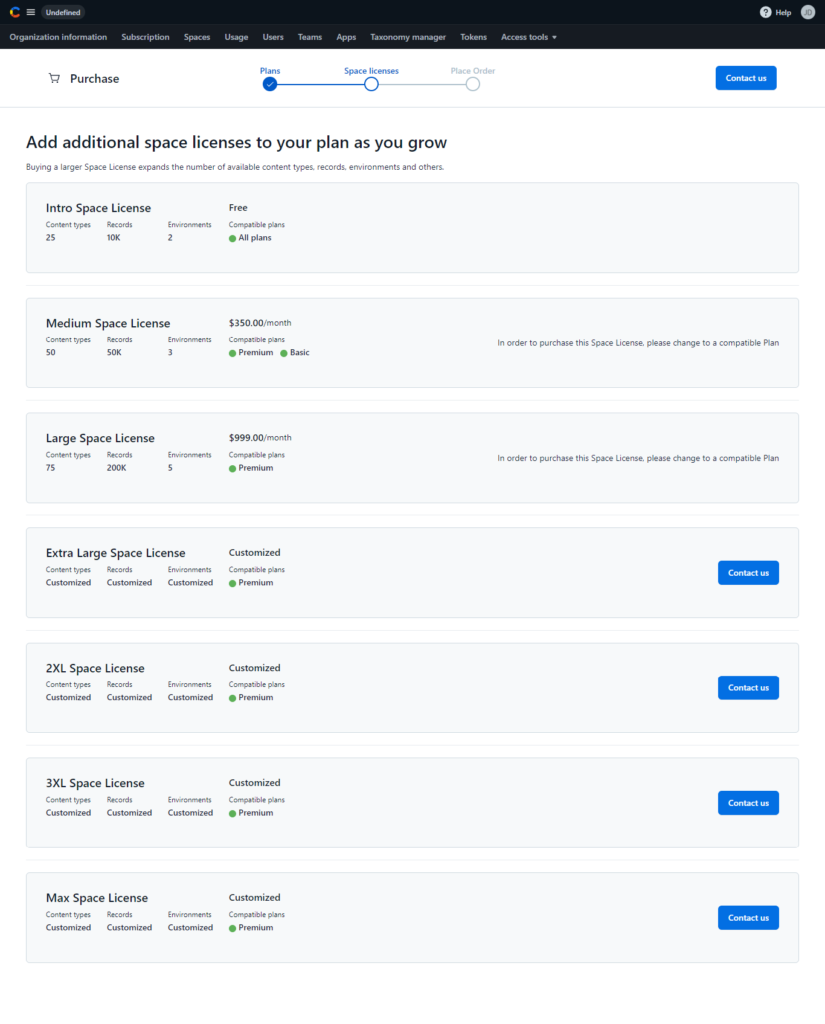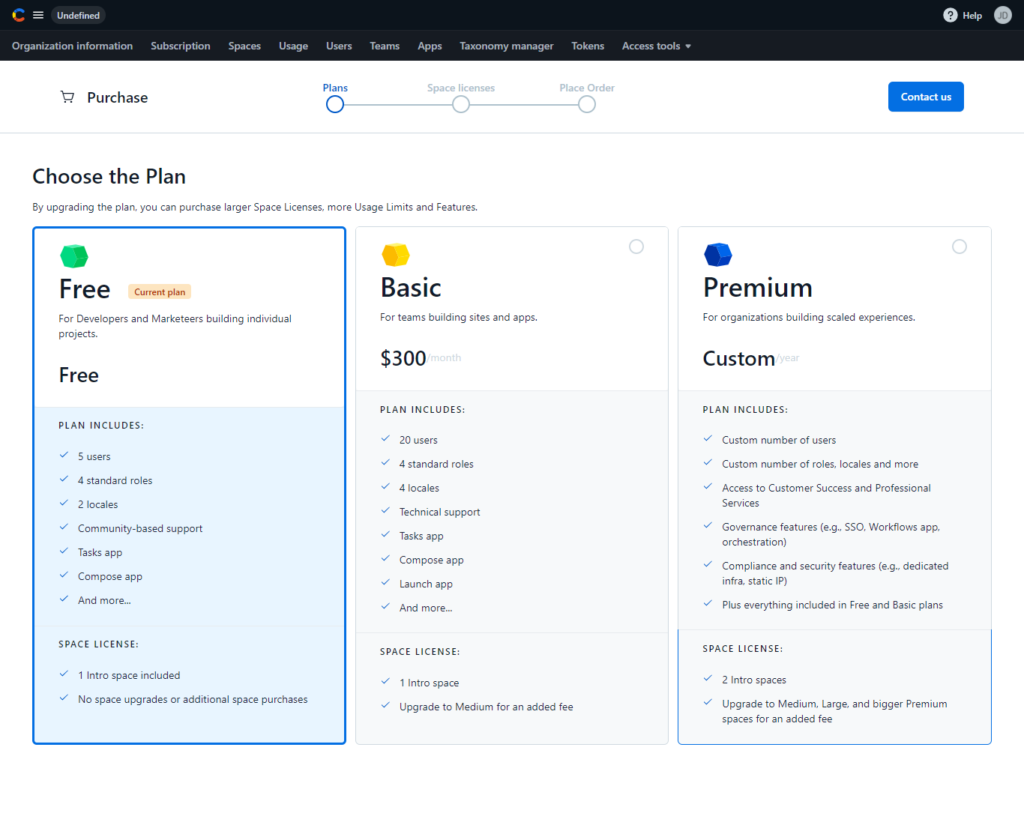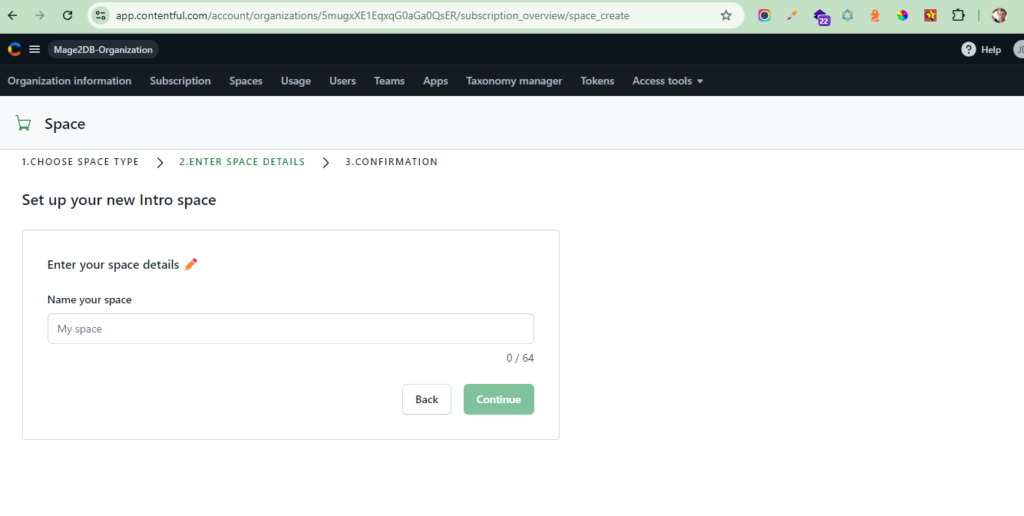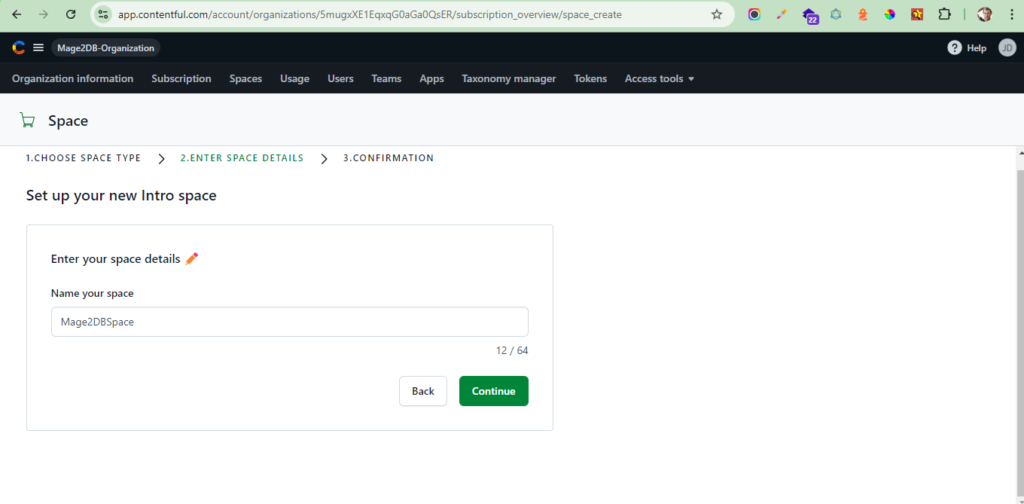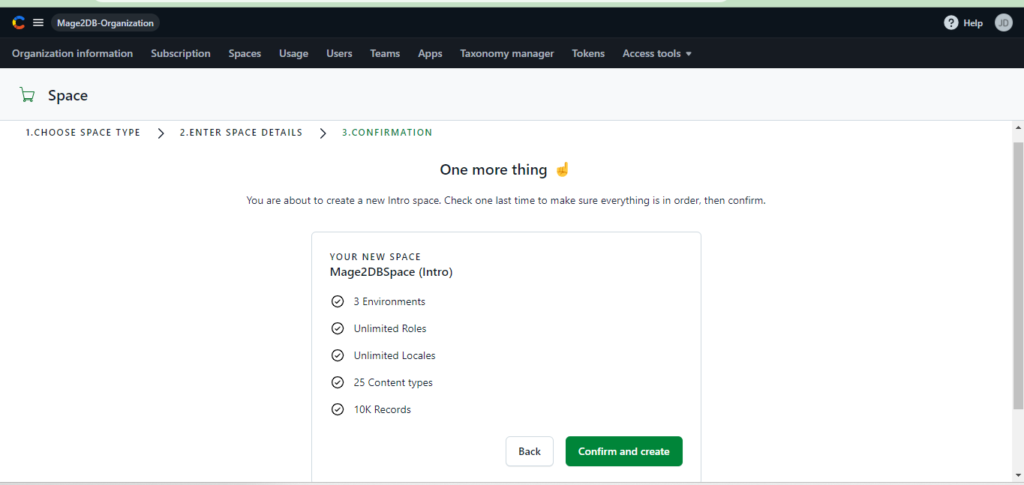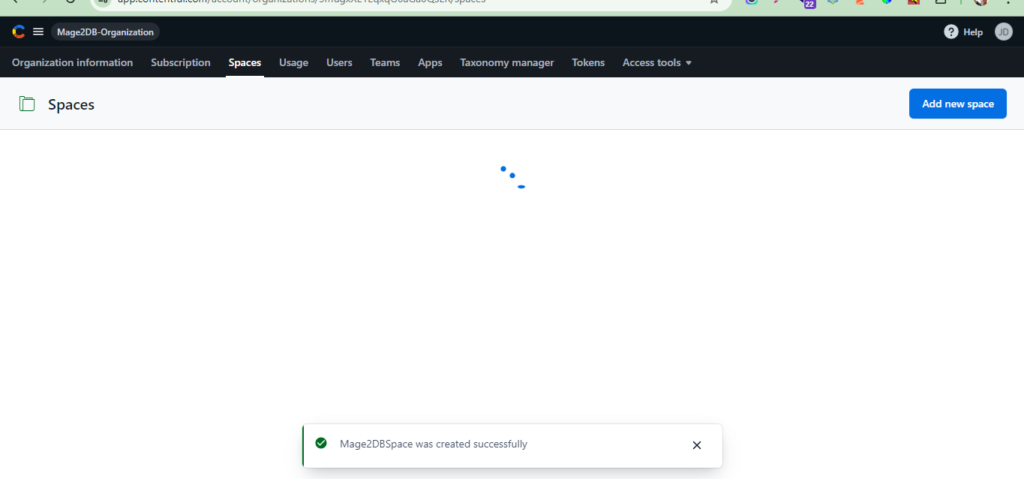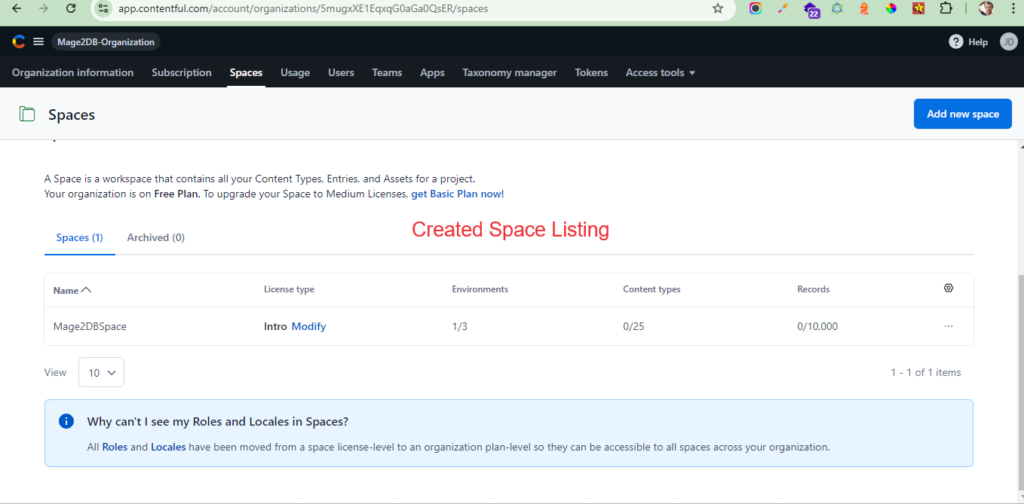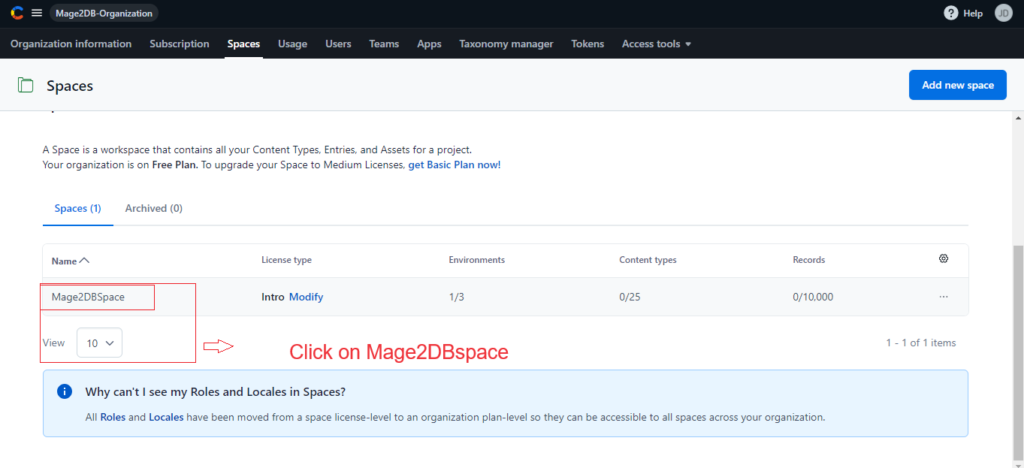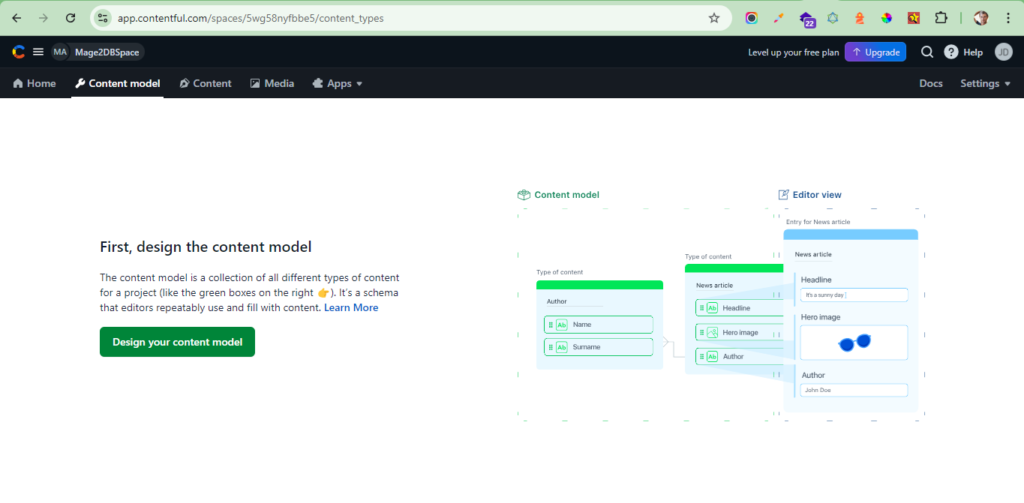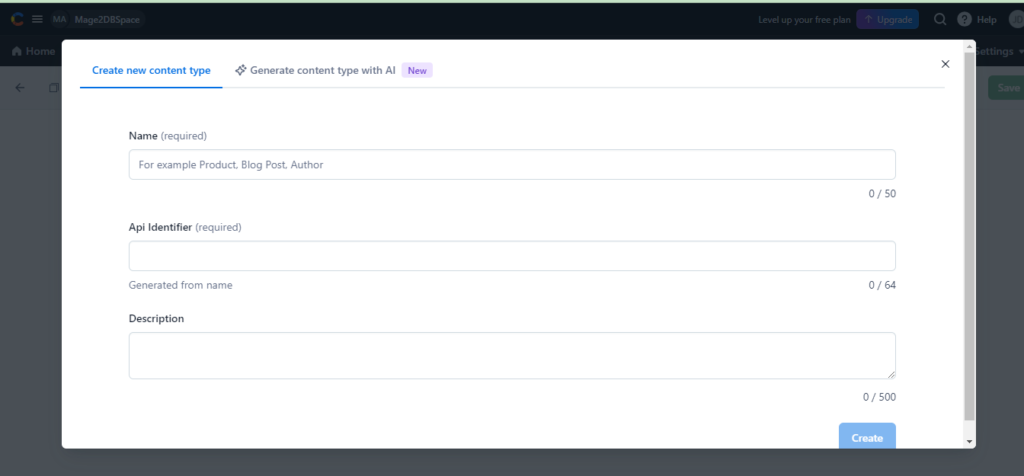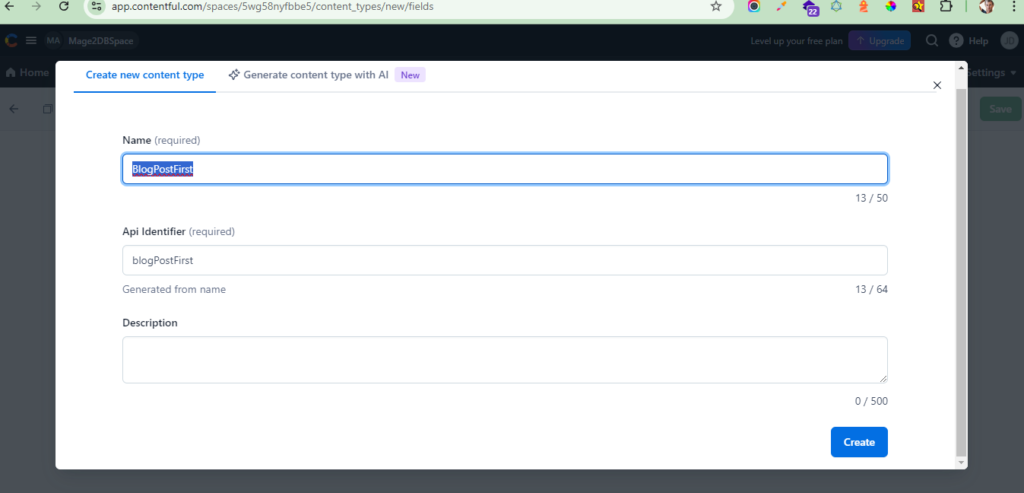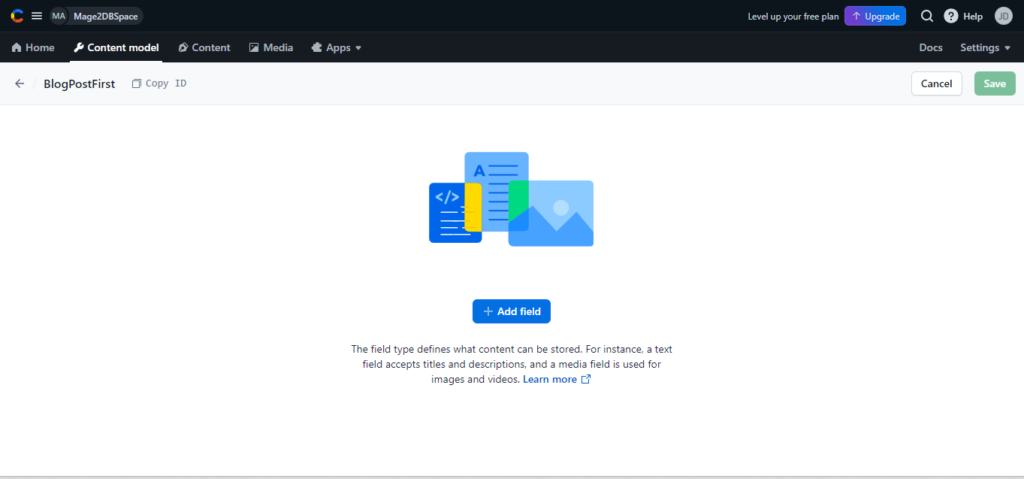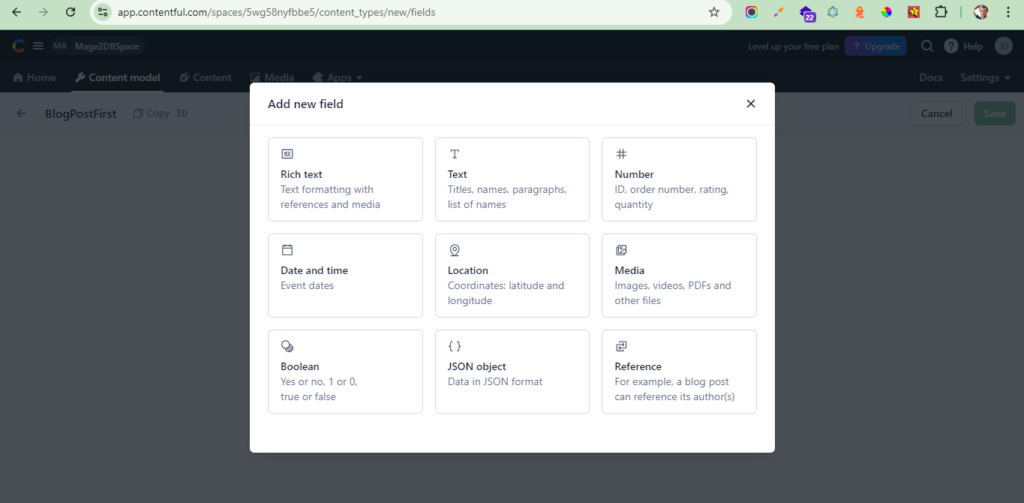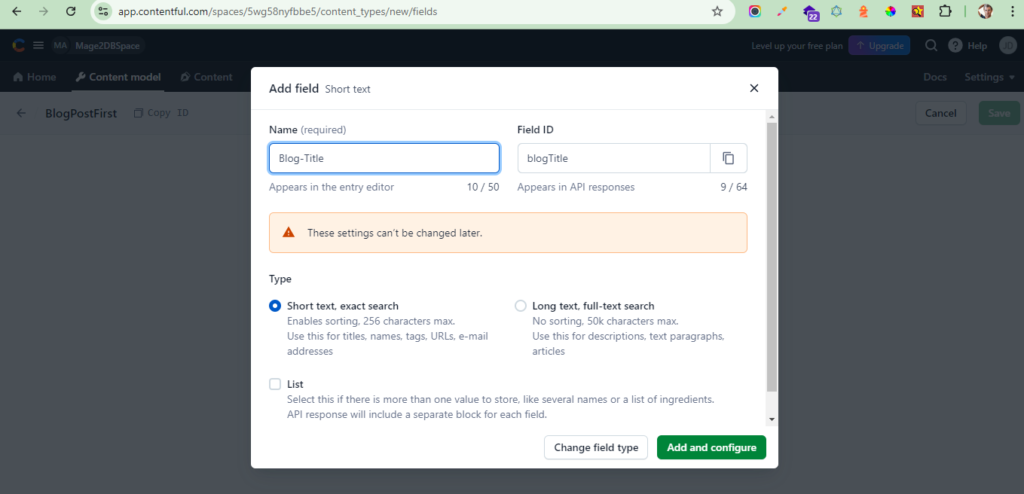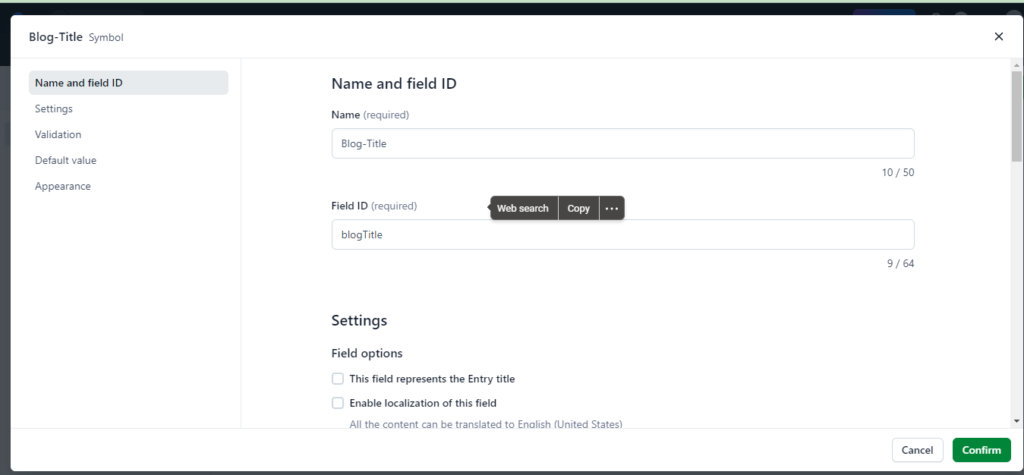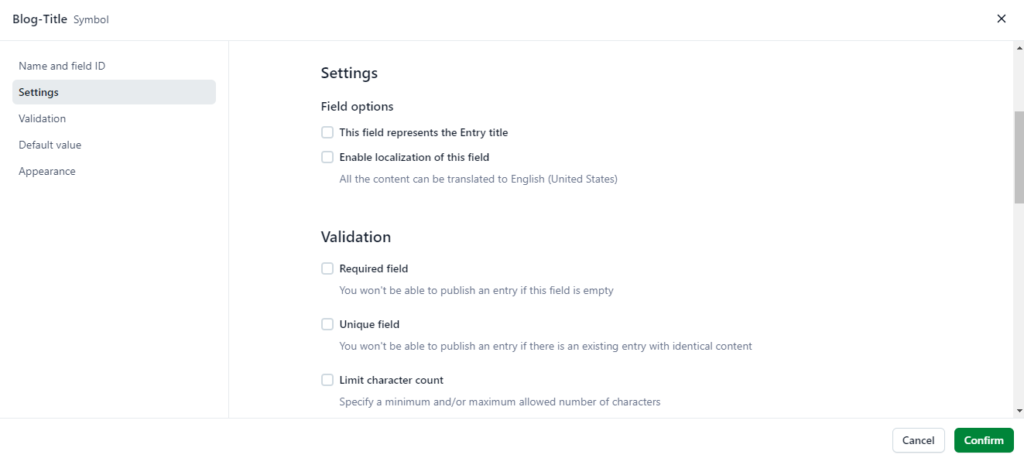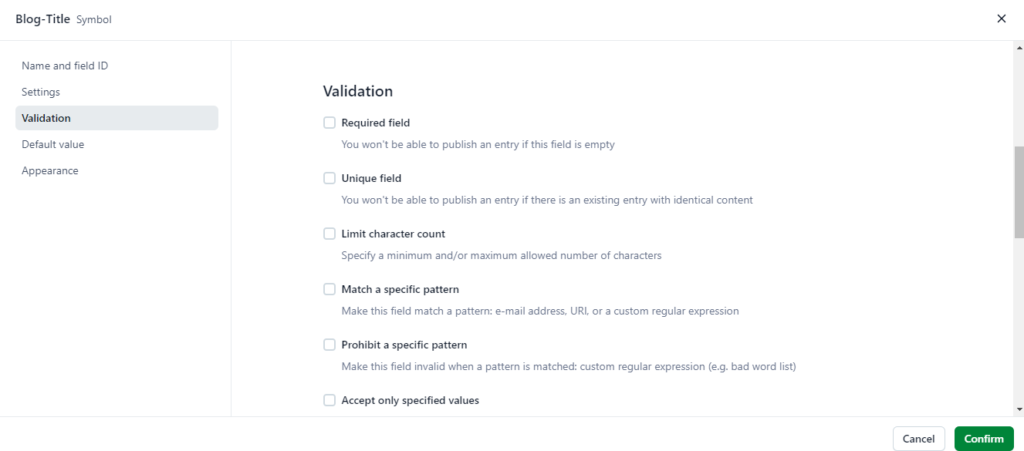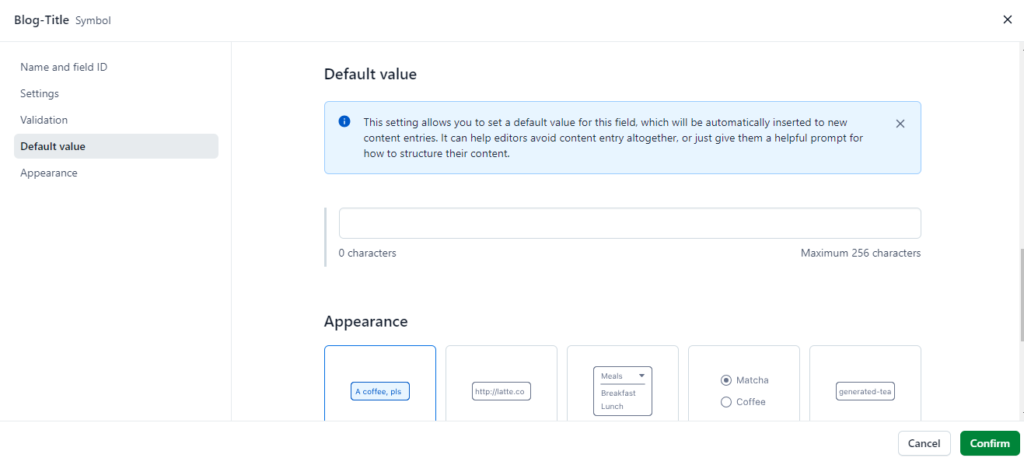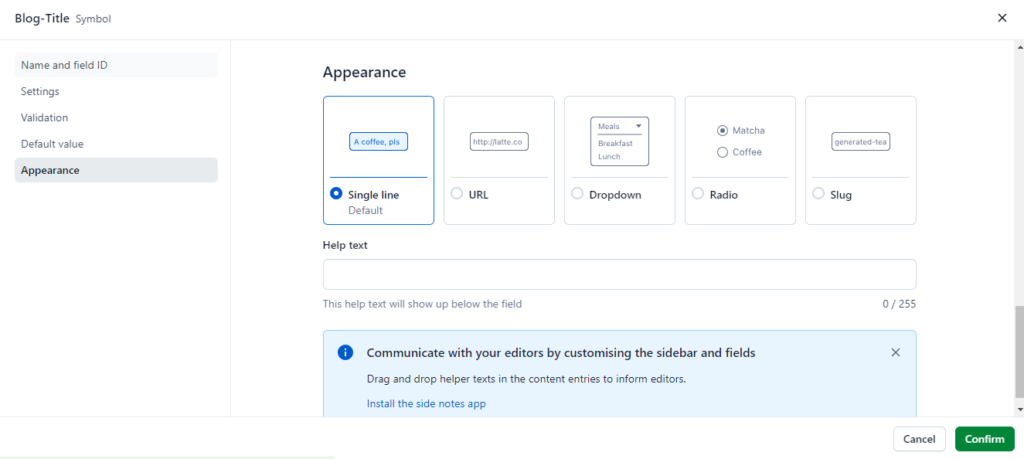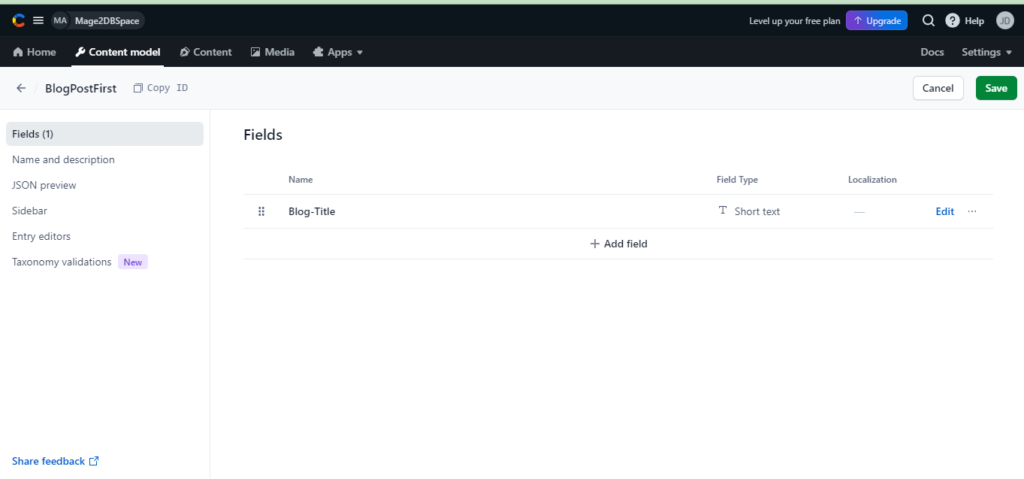The following below between Microservices Architecture & Monolithic Architecture of Software
| Topic | Monolithic Architecture | Microservices Architecture |
| Services | Monolithic architecture involves typical applications deployed as tightly coupled services | Microservices architecture involves Complex big applications deployed independently as loosely coupled services |
| Complexity | Simpler in the early stages but can become highly complex and unwieldy as the application grows, all developers responsible for single code base, if any modification required, entire application need to be deployed. | Designed for complex big project & distributed into multiple smaller application to do ease of coding & independently deployment(each single or smaller application). |
| Use Cases | Best suited for small to medium-sized applications with relatively simple business logic. It is for startups and projects in early stages where speed of development is critical, and the team is small. | Best suited for large, complex applications that require high scalability, frequent updates, and a distributed team structure. Commonly used by large enterprises and companies with complex business needs, like Amazon, Netflix, and Uber. |
| Testing | Testing can be more straightforward since everything is in one place. However, as the application grows, the complexity of testing increases, particularly with integration and end-to-end tests. | Testing is more complex as each service must be tested independently, as well as in integration with other services. Tools and strategies like contract testing, consumer-driven contracts, and test automation are often required. |
Performance | Performance can be optimized more easily within a monolithic architecture because there’s no need for network communication between components. | Performance can be optimized more easily within a microservices architecture, the advantage of scaling individual components, the need for network communication between services can introduce latency and overhead. Optimizing performance requires careful design to manage inter-service communication efficiently. |
| Maintenance and Updates | Maintenance can become more challenging as the application grows. Updates, especially those involving major changes, can be risky because they affect the entire system | Maintenance is generally easier since individual services can be updated, replaced, or rewritten without affecting the entire system. However, maintaining multiple services can also introduce its own complexity, especially in managing service dependencies. |
| Fault Isolation | A failure in one part of the application can potentially bring down the entire system. Since everything is interconnected, debugging and resolving issues can be more complex and riskier. | Failures are often isolated to individual services, minimizing the impact on the entire system. For example, if the payment service fails, it doesn’t necessarily bring down the order management service. |




